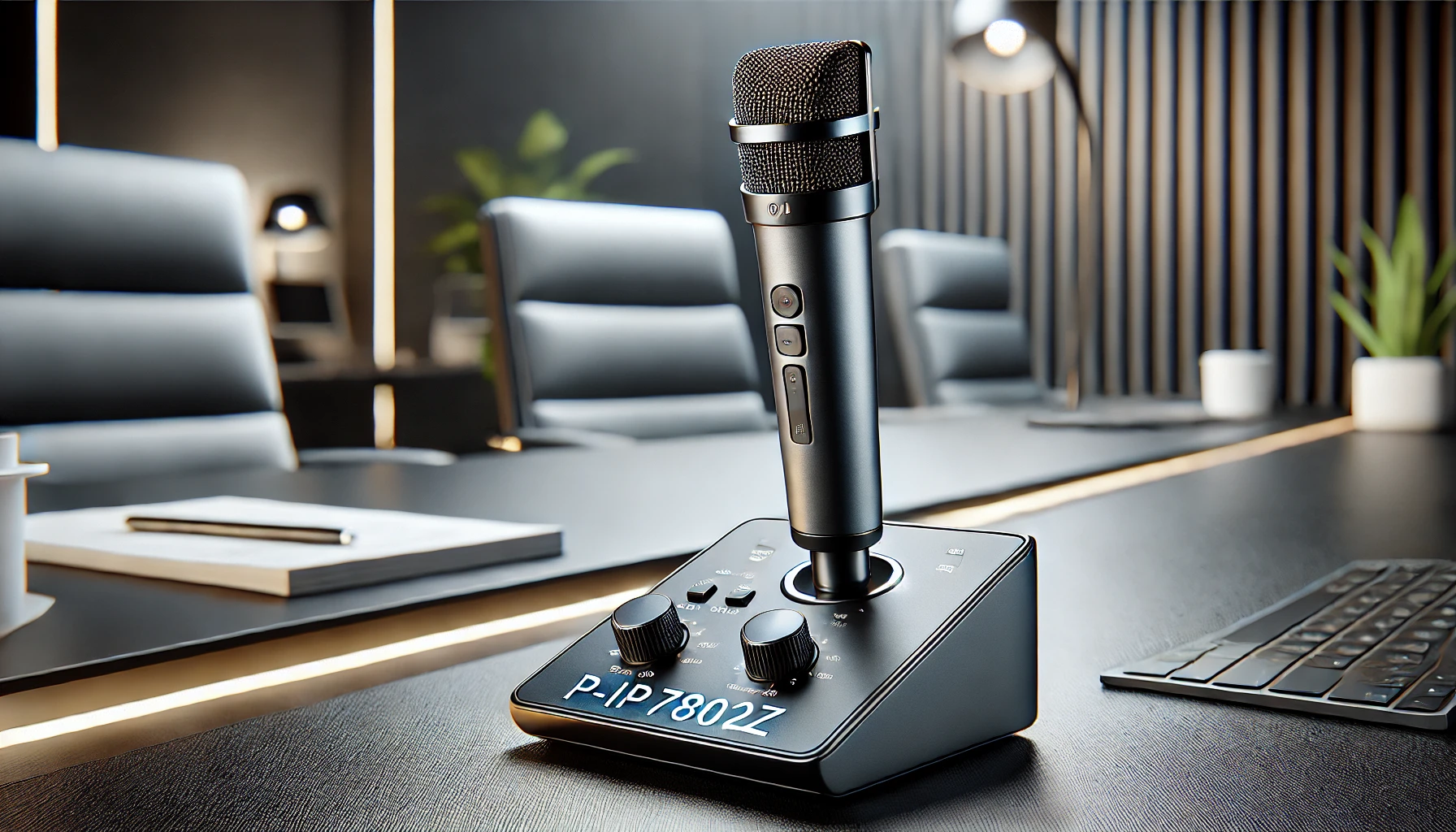What’s the Deal with the CS801-311 B/E Aero?
If you’re wondering what the CS801-311 B/E Aero is and why people talk about it like it’s a secret weapon, you’re in the right spot.
This part isn’t just another line on an inventory sheet—it’s the heartbeat of countless operations in aviation.
Whether you’re deep into maintenance or just someone trying to solve a specific issue, this guide is for you.
The CS801-311 B/E Aero has become a go-to solution for its reliability and versatility, and understanding its role could save you from headaches down the road.
Why Is the CS801-311 B/E Aero a Big Deal?
Here’s the thing.
Every piece of equipment matters in aerospace, and the CS801-3 11 B/E Aero plays its part like a champ.
Think of it like this: You wouldn’t ignore a squeaky wheel on a car, right?
The same logic applies here.
This component is often used in cabin interiors, with applications ranging from seating to structural fittings.
Its durability ensures passenger safety and comfort, two non-negotiables in air travel.

What Makes the CS801-311 B/E Aero Stand Out?
Built for Performance
The CS801-311 B/E Aero isn’t just a placeholder.
It’s designed to handle stress and wear like a pro.
This matters because aviation environments are relentless.
Pressure changes, vibrations, and temperature shifts mean only tough parts make the cut.
Lightweight but Strong
Aerospace engineers are obsessed with weight.
Why?
Every extra pound burns fuel.
The CS801-311 B/E A ero delivers strength without piling on unnecessary mass, making it a smart choice for manufacturers.
Versatility
This part doesn’t lock you into a single use.
You’ll find the CS801-311 B/E Aero in seats, overhead compartments, and other critical cabin areas.
It adapts to various needs while meeting strict safety standards.
FAQs About the CS801-311 B/E Aero
What Is the CS801-311 B/E Aero Typically Used For?
This component is primarily found in commercial aircraft interiors.
Its main functions often relate to securing seats or fittings while maintaining structural integrity.
Is It Compatible with All Aircraft?
The CS801-311 B/E Aero is designed with broad compatibility in mind, but always check manufacturer guidelines to avoid mishaps.
How Do I Maintain It?
Maintenance for the CS801-311 B/E Aero involves regular inspection for wear and tear.
Look for signs of corrosion, deformation, or damage, especially in high-stress areas.
Where Can I Source the CS801-311 B/E Aero?
Reputable suppliers, often certified by aviation authorities, are your safest bet.
Make sure to verify authenticity to avoid counterfeit parts.
Real Talk: Why Should You Care About the CS801-311 B/E Aero?
Let’s put it this way.
Ignoring the quality of something as “small” as a CS801-311 B/E Ae ro is like skipping an oil change for your car.
Sure, it works for a while, but eventually, the costs skyrocket.
This part ensures the safety and functionality of aircraft interiors, where even minor failures can lead to big problems.
Investing in trusted components like the CS801-311 B/E Aero isn’t just smart—it’s essential.
Where the CS801-311 B/E Aero Fits in Aviation Safety
Safety isn’t just a checklist item.
Every nut, bolt, and fitting plays a role, and the CS801-311 B/E Ae ro is no exception.
Think of it as a team player in a high-stakes game.
Without reliable components, aircraft face unnecessary risks, and no one wants that.
Why Maintenance Teams Swear by the CS801-311 B/E Aero
Aviation maintenance teams aren’t in the business of guesswork.
They trust parts like the CS801-311 B/E Ae ro because it’s built to perform.
No surprises.
No cutting corners.
When a component like this does its job, it reduces the downtime and costs that airlines dread.

How to Ensure You’re Getting Genuine CS801-311 B/E Aero Parts
The rise of counterfeit aviation parts is no joke.
If you’re sourcing a CS801-311 B/E A ero, here are some tips to stay safe:
- Use Certified Suppliers: Stick with FAA-approved vendors or equivalents.
- Check the Documentation: Every authentic part should come with a certification.
- Inspect the Part: Look for signs of tampering or low-quality materials.
- Verify Serial Numbers: Many manufacturers offer online tools for verification.
For more on identifying counterfeit parts, you can check resources from trusted aviation authorities like the FAA.
Why the CS801-311 B/E Aero Is a Smart Investment
If reliability, safety, and performance are on your checklist, the CS801-311 B/E A ero delivers.
It’s built to last in one of the toughest environments out there—commercial aviation.
So, whether you’re maintaining aircraft or ensuring compliance, this is a part worth your attention.
The CS801-311 B/E Aero isn’t just a line item; it’s a lifeline.
By understanding its role and importance, you’ll appreciate how even the smallest parts keep the big picture flying.














Post Comment